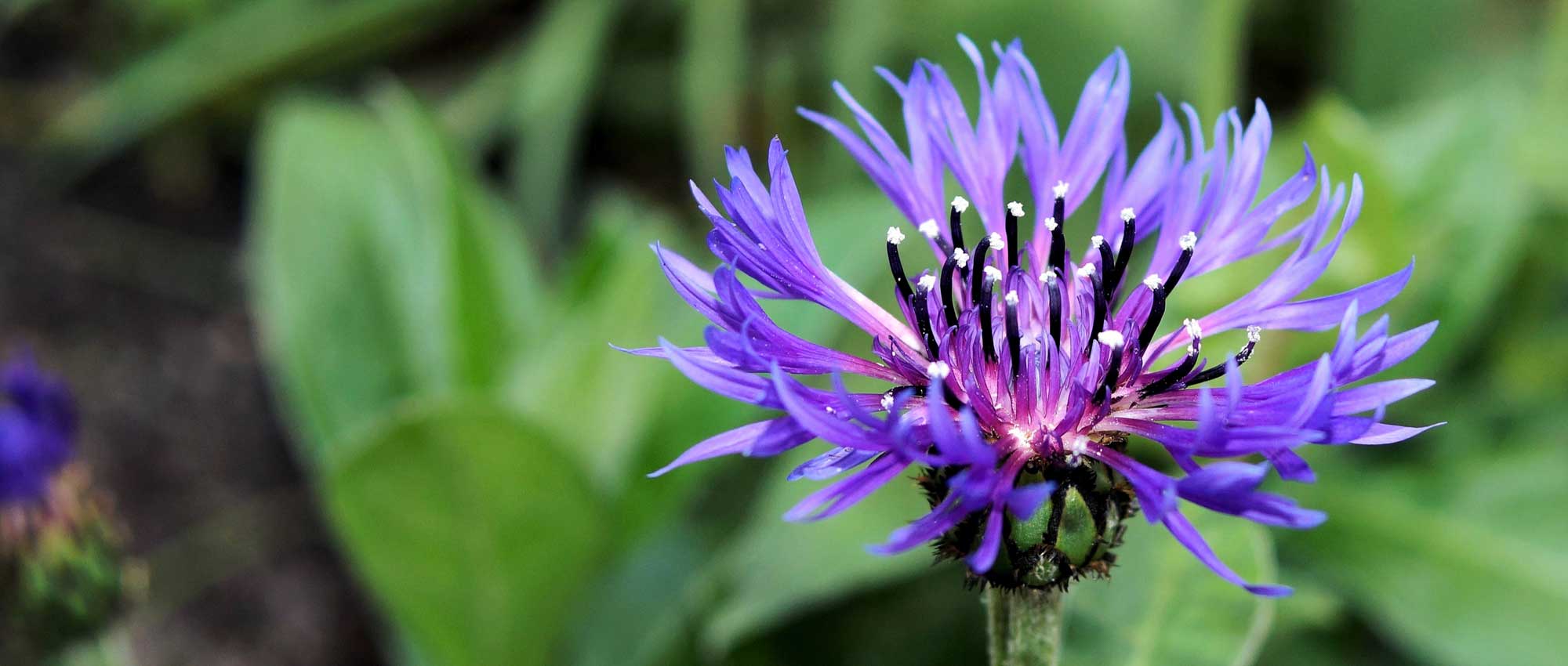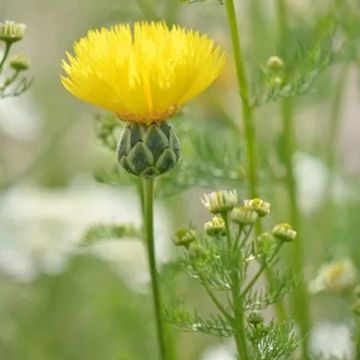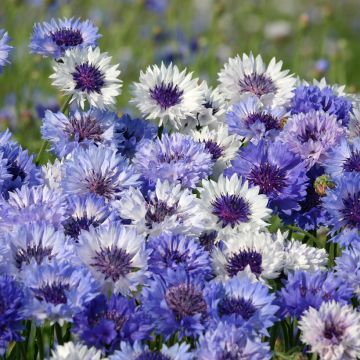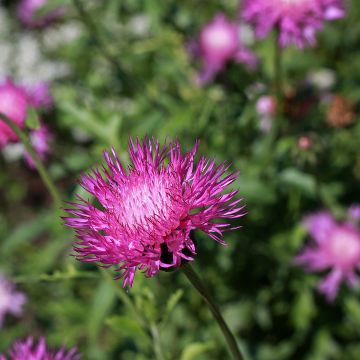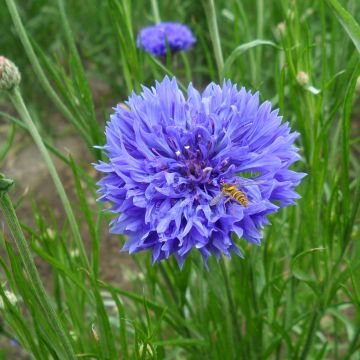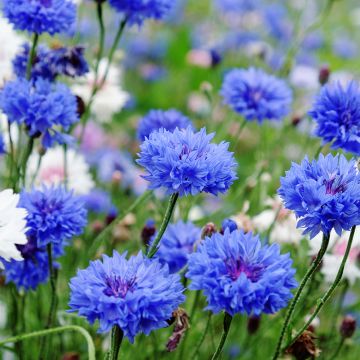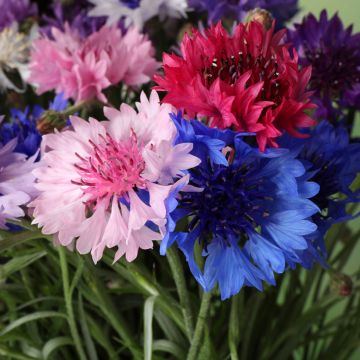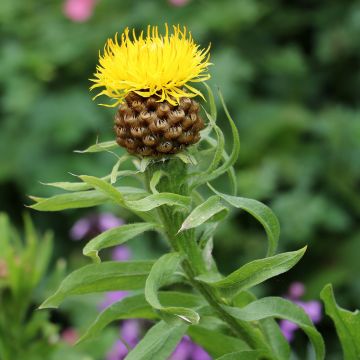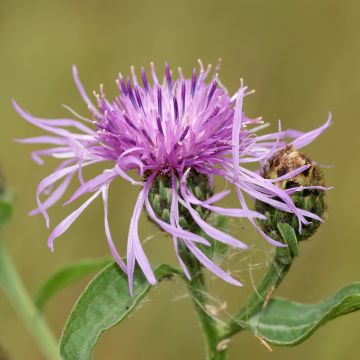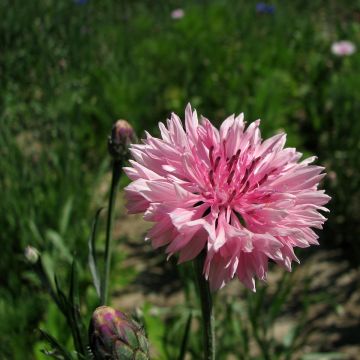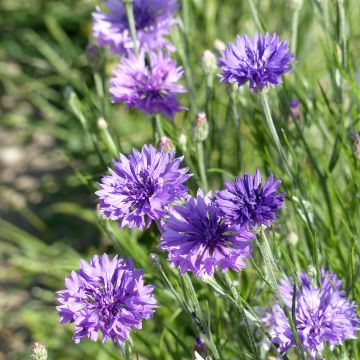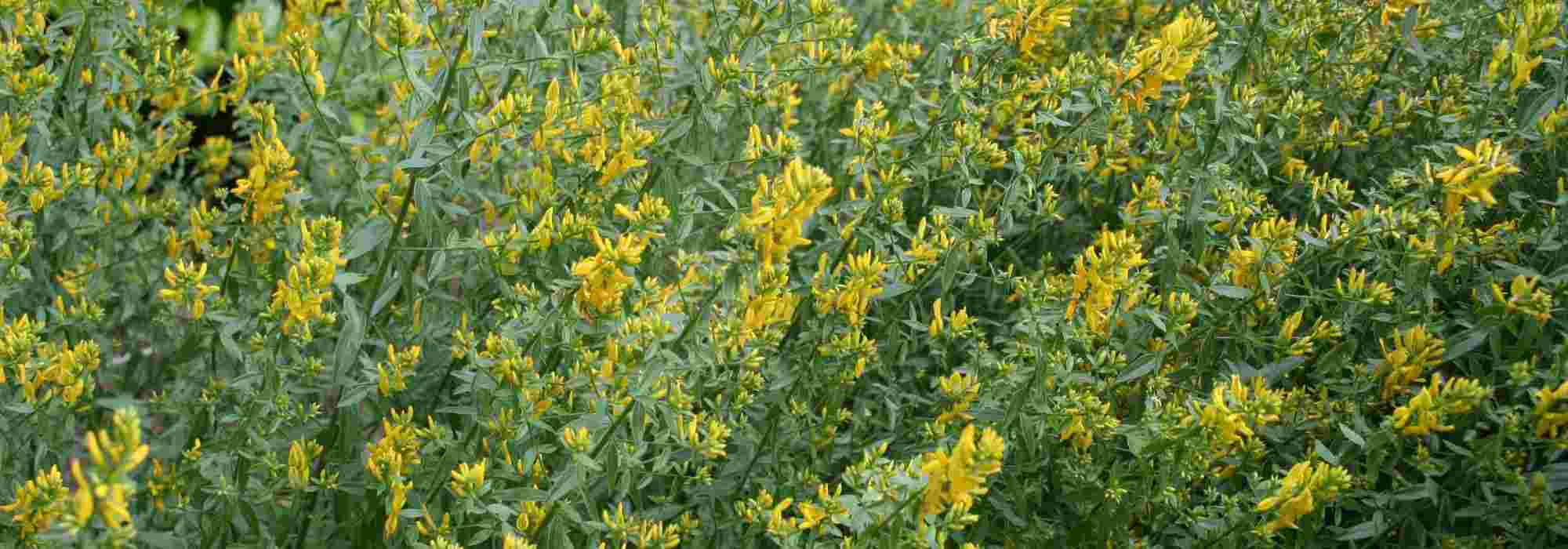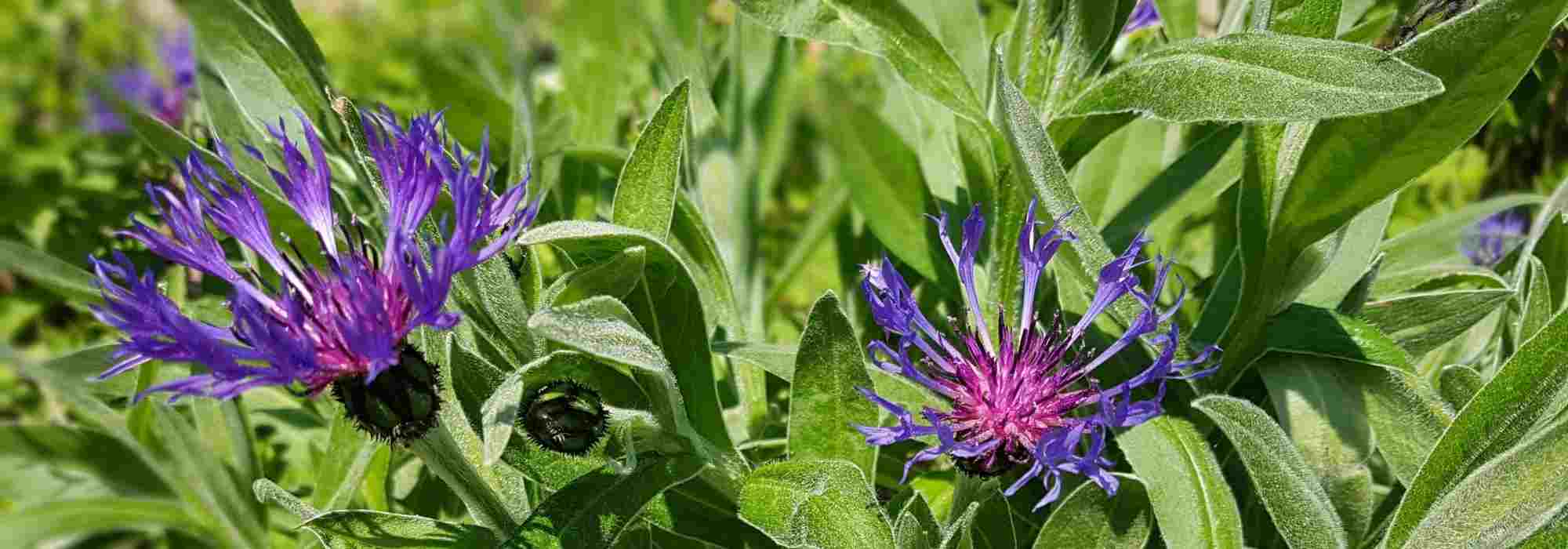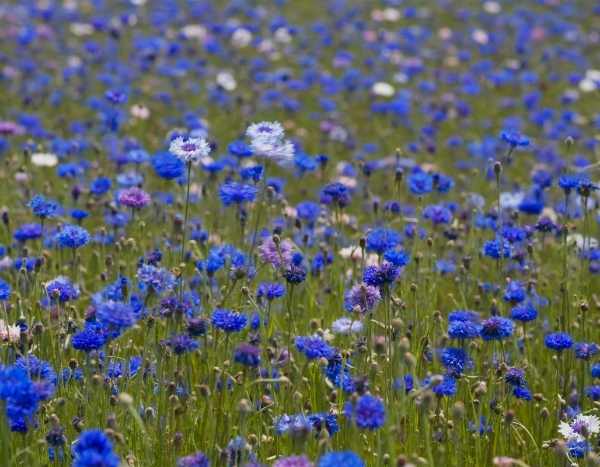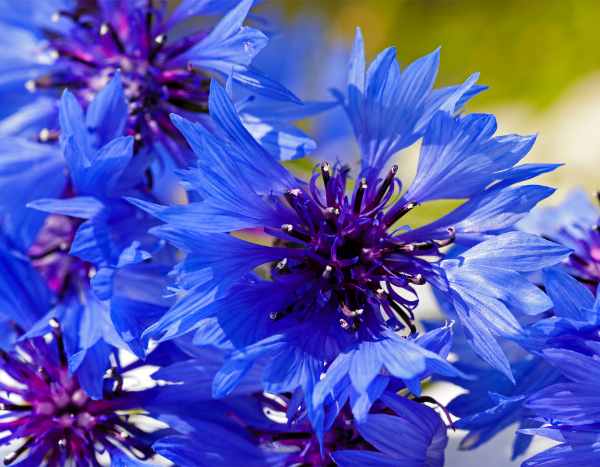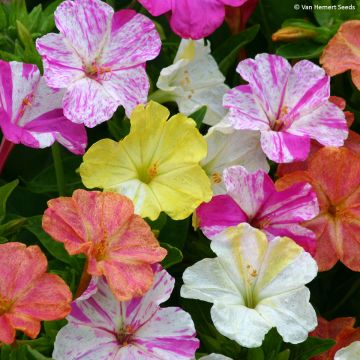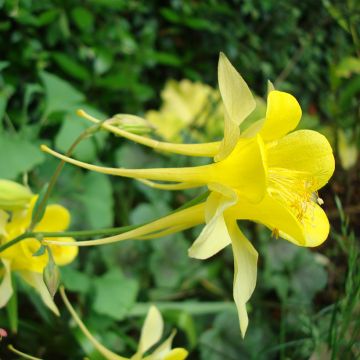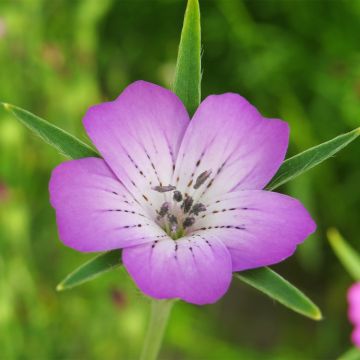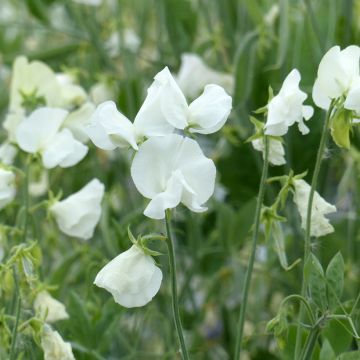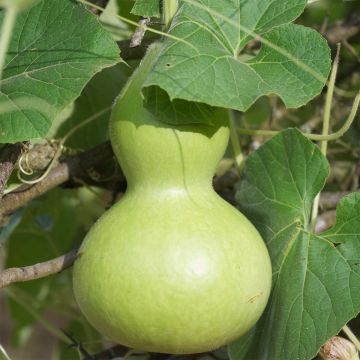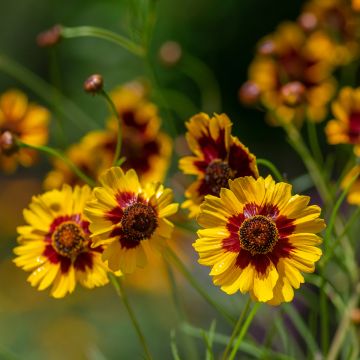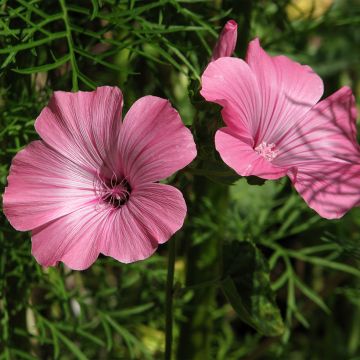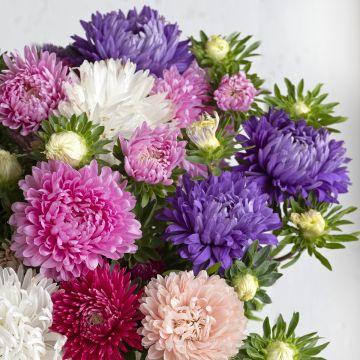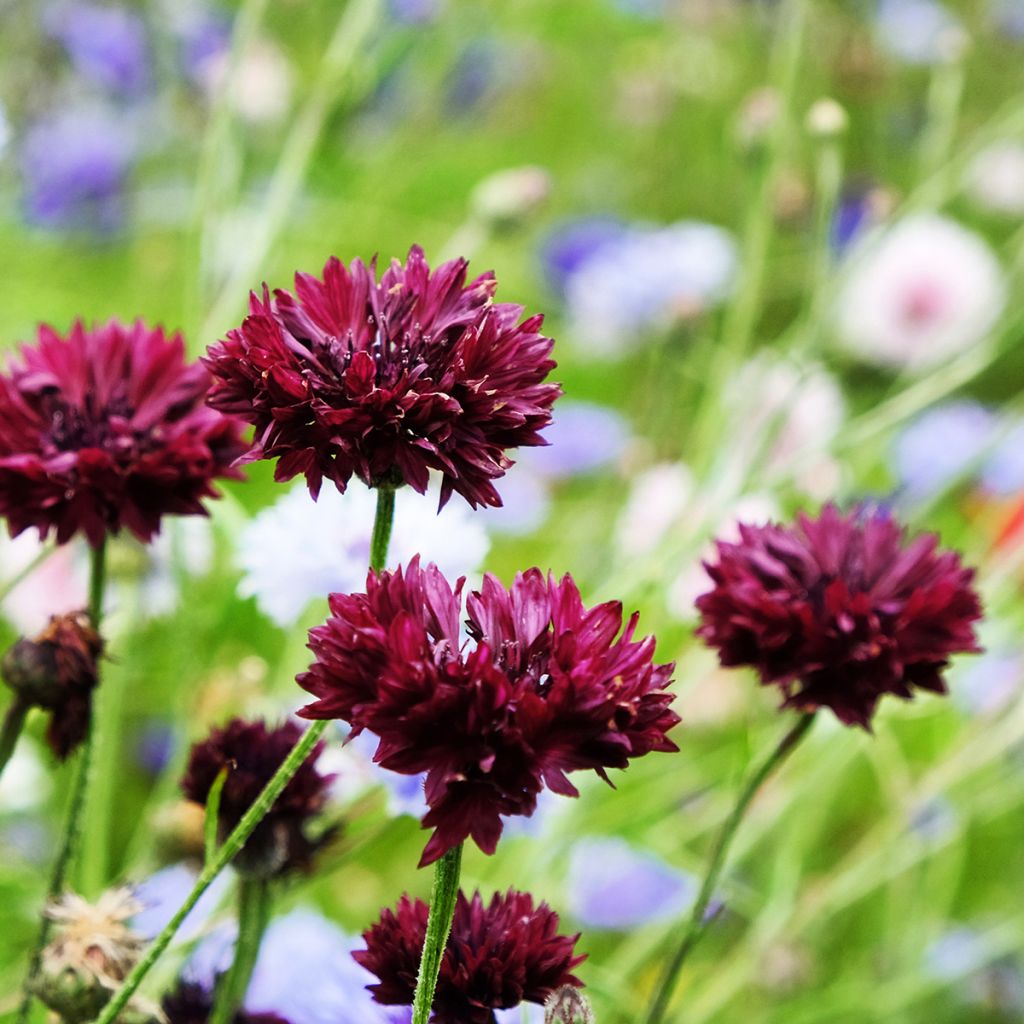

Centaurea cyanus Black Ball
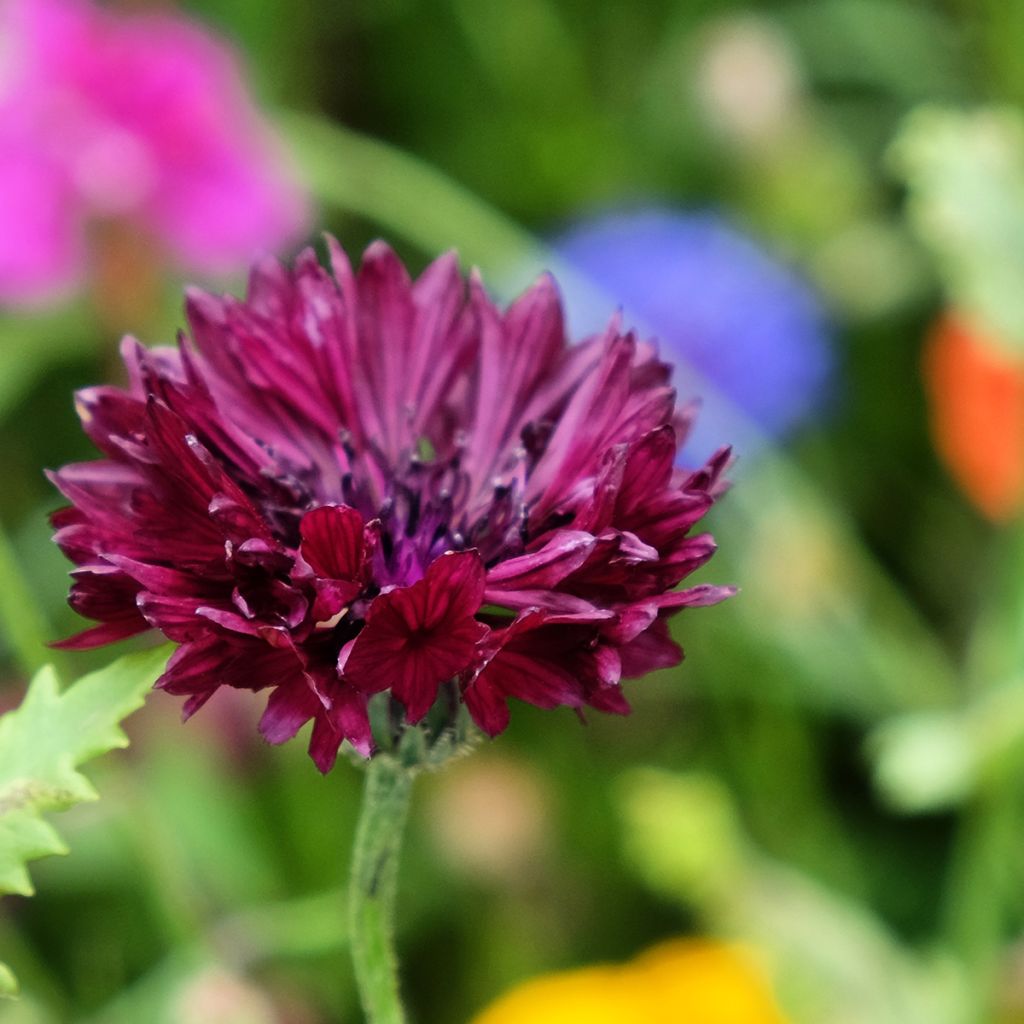

Centaurea cyanus Black Ball
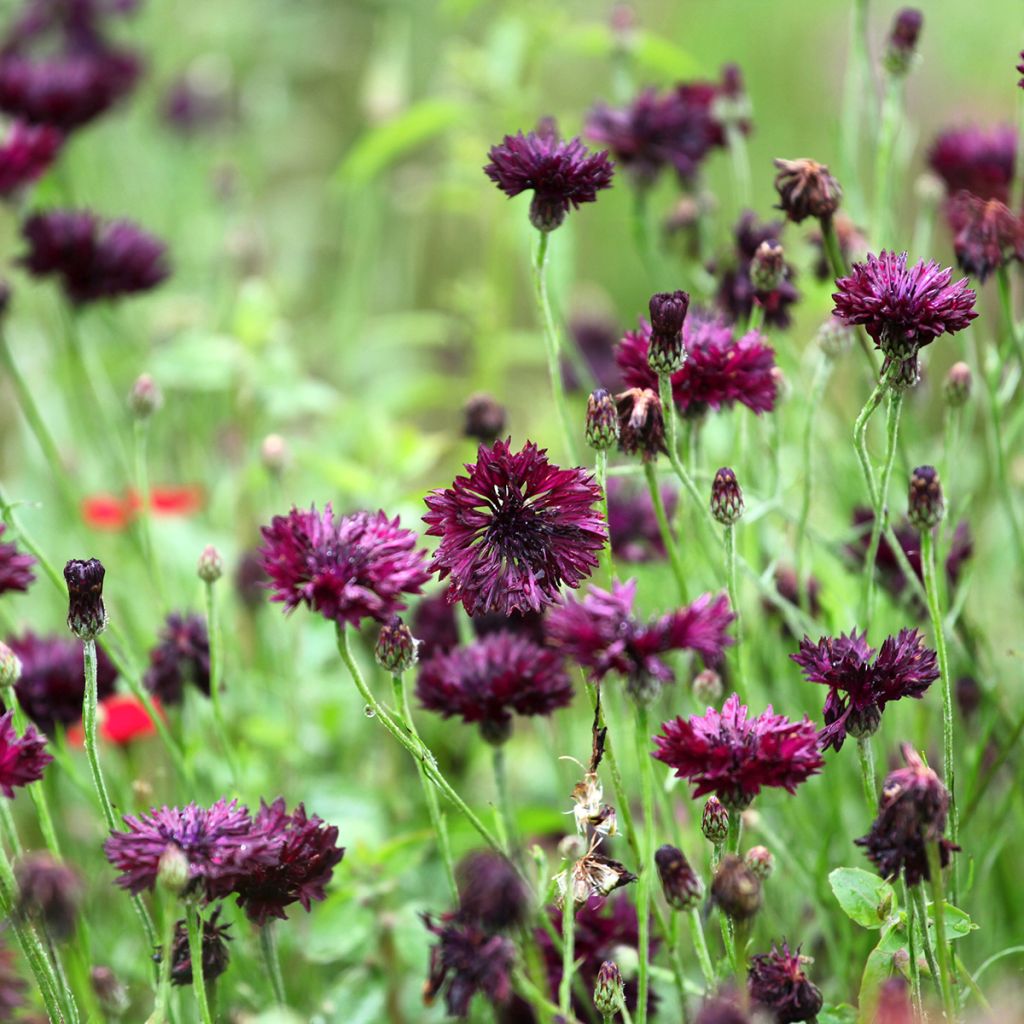

Centaurea cyanus Black Ball
Centaurea cyanus Black Ball
Centaurea cyanus Black Ball
Cornflower, Bachelor's button, Bluebottle, Cyani Flower, Barbeau, Blaver, Blue Bonnet, Happy Skies, Ragged Robin
Special offer!
Receive a €20 voucher for any order over €90 (excluding delivery costs, credit notes, and plastic-free options)!
1- Add your favorite plants to your cart.
2- Once you have reached €90, confirm your order (you can even choose the delivery date!).
3- As soon as your order is shipped, you will receive an email containing your voucher code, valid for 3 months (90 days).
Your voucher is unique and can only be used once, for any order with a minimum value of €20, excluding delivery costs.
Can be combined with other current offers, non-divisible and non-refundable.
Home or relay delivery (depending on size and destination)
Schedule delivery date,
and select date in basket
This plant carries a 6 months recovery warranty
More information
We guarantee the quality of our plants for a full growing cycle, and will replace at our expense any plant that fails to recover under normal climatic and planting conditions.
Would this plant suit my garden?
Set up your Plantfit profile →
Description
Centaurea cyanus 'Black Ball' is a relatively recent variety of Cornflower or Bluebottle, distinguished by its beautiful dark pompom-shaped flowers. With a deep purple hue and chocolate undertones, they appear almost black under a cloudy sky, adding a touch of drama to any flower bed. Highly decorative in large clumps, this annual plant blooms for months if faded flowers are removed. Sow this cornflower directly in place, in March-April, to quickly and easily create a countryside-style decor, mixed with poppies, candytuft, borage, and cosmos.
Cornflowers belong to the Asteraceae family. Centaurea cyanus is an annual herbaceous plant native to Europe and Northern Asia, long considered an invasive weed in cereal crops, but one of the most beautiful wildflowers in our regions. The 'Black Ball' cultivar is one of the many horticultural improvements derived from this species. It forms an upright clump with branching stems, reaching a height of 75 cm (29.5 in) and a width of 30 cm (11.8 in), bearing very narrow and long greyish-green leaves. It blooms from June to August, displaying highly double inflorescences, 4 cm (1.6 in) in diameter. The ligules (or petals of the corolla) are dentate at their tips, of a deep purple-brown colour. The centre of the inflorescence consists of black florets. These flowers are highly attractive to bees and nectar-feeding insects.
Centaureas enchant flower beds and borders, where they create remarkable spots of colour. The Cornflower and its varieties bring the charm of the countryside to your garden. Sow centaureas in slightly wild flower beds: they will be sublime in the company of ornamental grasses like Stipa tenuifolia, Stipa pennata or barbata, Mulhenbergia capillaris and poppies, with pink or white Love-in-a-mist, Californian poppies, purple centaurea, Briza media with its small white plumes, and many more. The almost-black pompoms of 'Black Ball' contrast beautifully with those of the white variety, 'The Bride'. The edible flowers can be used to decorate summer salads. Centaurea cyanus is also an excellent cut flower.
Centaurea cyanus Black Ball in pictures
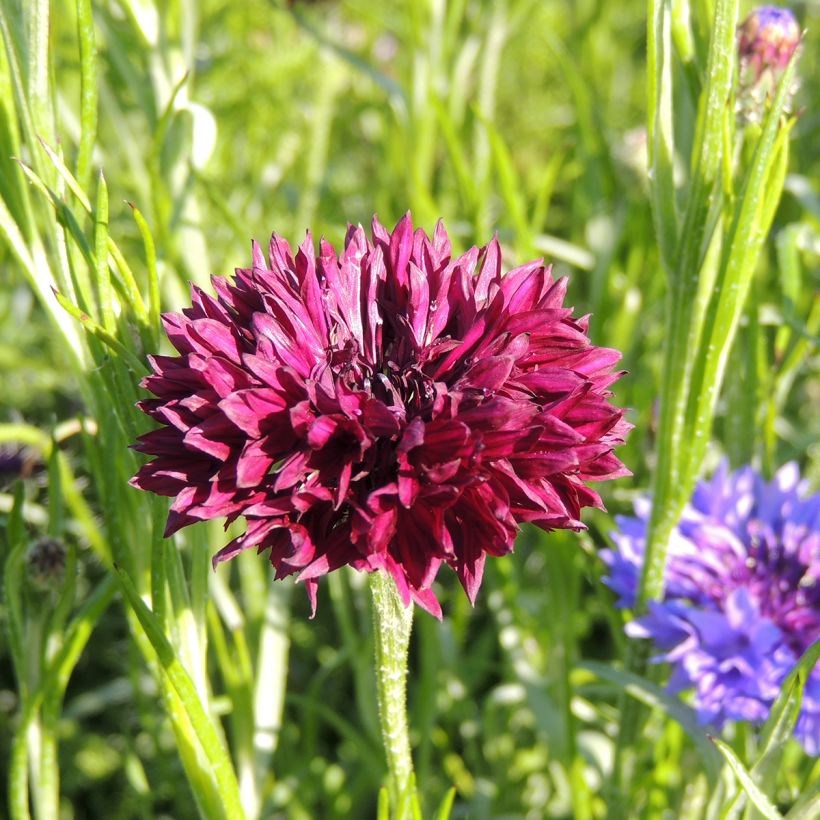

Flowering
Foliage
Plant habit
Botanical data
Centaurea
cyanus
Black Ball
Asteraceae
Cornflower, Bachelor's button, Bluebottle, Cyani Flower, Barbeau, Blaver, Blue Bonnet, Happy Skies, Ragged Robin
Cultivar or hybrid
Other Centaurea seeds
View all →Planting and care
Sow cornflower seeds outdoors, in place, in March-April. Choose a sunny location on well-drained, properly prepared and loosened soil. Sow the seeds thinly, at a depth of 3 mm (0.1 in), with a spacing of 30 cm (11.8 in). Water regularly, especially during dry periods. Germination usually takes 14 to 21 days. When the cornflower plants are large enough to handle, transplant them 15 cm (5.9 in) apart.
An alternative is to sow indoors from August to September for early summer flowering the following year. Sow the cornflowers on the surface of good-quality compost at a temperature of 18-23 °C (64.4-73.4 °F), and cover with a pinch of very fine compost or vermiculite. Keep the seedlings in the light as this facilitates germination. When the seedlings are large enough to be moved, proceed with transplantation and grow them in a frost-free environment until the young plants are large enough to be moved outdoors. You can grow these cornflower plants in a frost-free location before planting them in the ground the following spring, or in pots. Centaureas thrive in fertile, well-drained, properly prepared soil and full sun.
Sowing period
Intended location
Planting & care advice
This item has not been reviewed yet - be the first to leave a review about it.
Similar products
Haven't found what you were looking for?
Hardiness is the lowest winter temperature a plant can endure without suffering serious damage or even dying. However, hardiness is affected by location (a sheltered area, such as a patio), protection (winter cover) and soil type (hardiness is improved by well-drained soil).

Photo Sharing Terms & Conditions
In order to encourage gardeners to interact and share their experiences, Promesse de fleurs offers various media enabling content to be uploaded onto its Site - in particular via the ‘Photo sharing’ module.
The User agrees to refrain from:
- Posting any content that is illegal, prejudicial, insulting, racist, inciteful to hatred, revisionist, contrary to public decency, that infringes on privacy or on the privacy rights of third parties, in particular the publicity rights of persons and goods, intellectual property rights, or the right to privacy.
- Submitting content on behalf of a third party;
- Impersonate the identity of a third party and/or publish any personal information about a third party;
In general, the User undertakes to refrain from any unethical behaviour.
All Content (in particular text, comments, files, images, photos, videos, creative works, etc.), which may be subject to property or intellectual property rights, image or other private rights, shall remain the property of the User, subject to the limited rights granted by the terms of the licence granted by Promesse de fleurs as stated below. Users are at liberty to publish or not to publish such Content on the Site, notably via the ‘Photo Sharing’ facility, and accept that this Content shall be made public and freely accessible, notably on the Internet.
Users further acknowledge, undertake to have ,and guarantee that they hold all necessary rights and permissions to publish such material on the Site, in particular with regard to the legislation in force pertaining to any privacy, property, intellectual property, image, or contractual rights, or rights of any other nature. By publishing such Content on the Site, Users acknowledge accepting full liability as publishers of the Content within the meaning of the law, and grant Promesse de fleurs, free of charge, an inclusive, worldwide licence for the said Content for the entire duration of its publication, including all reproduction, representation, up/downloading, displaying, performing, transmission, and storage rights.
Users also grant permission for their name to be linked to the Content and accept that this link may not always be made available.
By engaging in posting material, Users consent to their Content becoming automatically accessible on the Internet, in particular on other sites and/or blogs and/or web pages of the Promesse de fleurs site, including in particular social pages and the Promesse de fleurs catalogue.
Users may secure the removal of entrusted content free of charge by issuing a simple request via our contact form.
The flowering period indicated on our website applies to countries and regions located in USDA zone 8 (France, the United Kingdom, Ireland, the Netherlands, etc.)
It will vary according to where you live:
- In zones 9 to 10 (Italy, Spain, Greece, etc.), flowering will occur about 2 to 4 weeks earlier.
- In zones 6 to 7 (Germany, Poland, Slovenia, and lower mountainous regions), flowering will be delayed by 2 to 3 weeks.
- In zone 5 (Central Europe, Scandinavia), blooming will be delayed by 3 to 5 weeks.
In temperate climates, pruning of spring-flowering shrubs (forsythia, spireas, etc.) should be done just after flowering.
Pruning of summer-flowering shrubs (Indian Lilac, Perovskia, etc.) can be done in winter or spring.
In cold regions as well as with frost-sensitive plants, avoid pruning too early when severe frosts may still occur.
The planting period indicated on our website applies to countries and regions located in USDA zone 8 (France, United Kingdom, Ireland, Netherlands).
It will vary according to where you live:
- In Mediterranean zones (Marseille, Madrid, Milan, etc.), autumn and winter are the best planting periods.
- In continental zones (Strasbourg, Munich, Vienna, etc.), delay planting by 2 to 3 weeks in spring and bring it forward by 2 to 4 weeks in autumn.
- In mountainous regions (the Alps, Pyrenees, Carpathians, etc.), it is best to plant in late spring (May-June) or late summer (August-September).
The harvesting period indicated on our website applies to countries and regions in USDA zone 8 (France, England, Ireland, the Netherlands).
In colder areas (Scandinavia, Poland, Austria...) fruit and vegetable harvests are likely to be delayed by 3-4 weeks.
In warmer areas (Italy, Spain, Greece, etc.), harvesting will probably take place earlier, depending on weather conditions.
The sowing periods indicated on our website apply to countries and regions within USDA Zone 8 (France, UK, Ireland, Netherlands).
In colder areas (Scandinavia, Poland, Austria...), delay any outdoor sowing by 3-4 weeks, or sow under glass.
In warmer climes (Italy, Spain, Greece, etc.), bring outdoor sowing forward by a few weeks.






























